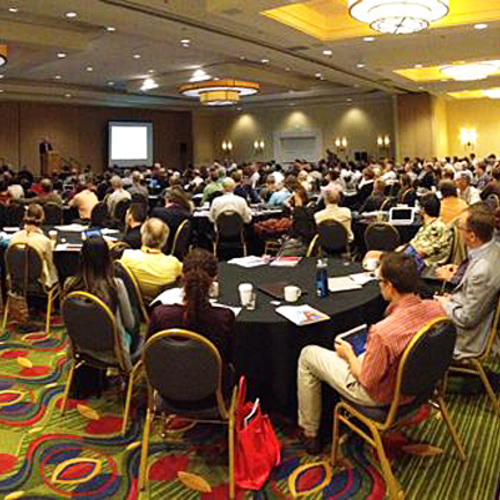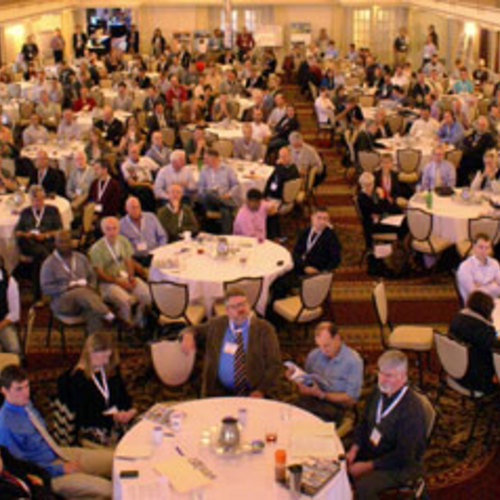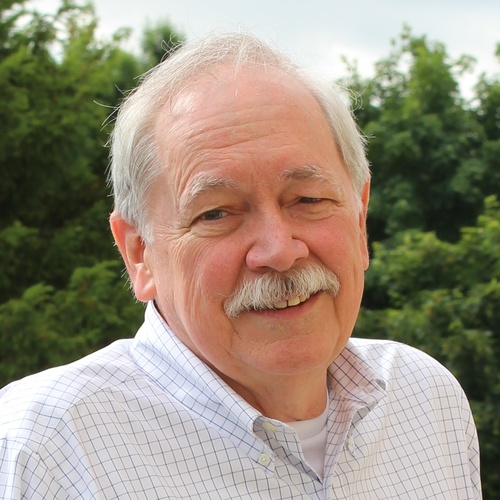
Image Credit: PHIUS
This year PHIUS’s annual North American Passive House conference turns ten years old. And what better place to celebrate than in Chicago! As Daniel Burnham said, “Make no little plans.” The conference is scheduled for September 9 – 13, 2015.
Clearly, the passive building community is now thinking big. Affordable multifamily passive buildings are in the spotlight this year. The program is bigger and better than ever. (Many thanks to the generous support of the conference from the Chicago-based John D. and Catherine T. MacArthur Foundation.)
Check out the preconference sessions here and the core conference content here.
A focus on multifamily housing
While the conference will focus on large affordable housing projects, other building types will also be well represented, from single-family homes to mid- and-high rise projects and some commercial projects. Katie Swenson from the Enterprise Foundation will kick off the conference on day one. Her organization is an outstanding advocate for sustainable and affordable communities. She has fabulous news to unveil for affordable passive building developers, designers, builders, architects, and raters.
As always, the core conference includes sessions on “lessons learned” from the most experienced Certified Passive House Consultants, architects, and builders in the country. Leading building scientists like Joe Lstiburek and Achilles Karagiozis have been presenting for a few years now and they will be back to debate hygrothermal and comfort modeling.
WUFI Passive expert Florian Antretter from the Fraunhofer Institute for Building Physics (his preconference workshop filled up within weeks of posting — sorry) is bringing his boss this year, the world-renowned Dr. Hartwig Künzel, the father of the WUFI software. It is a special honor to have him open day two with a meaty keynote address. He will be talking about the importance of hygrothermal modeling for highly insulated assemblies in climates worldwide. And he’ll present case studies from around the world that show what can happen if good building science is not applied.
A new passive building standard
Much of the success of PHIUS+2015 has been promoted through our relationship with the Department of Energy and that is thanks to Sam Rashkin. Thanks to the collaboration with the Zero Energy Ready Home program and its integrated Quality Assurance / Quality Control component, PHIUS+ certification has been included in programs like Enterprise Green Communities, in policy proposals around the country, and mentioned as a valid strategy in the Zero Net Energy Residential Action Plan in California that was just released in June of this year.
But Sam does not stand still. And neither does the Passive House Institute U.S. (PHIUS). Sam Rashkin will close the conference with a gaze into the future for what is already on the horizon for the passive building community.
The 10th conference will celebrate the end of an exciting and productive ten years, and shine a light on the next steps. We have 150 certified projects in the U.S. and Canada, with more than that in various phases of progress in queue. The projects now include many multifamily large-scale projects. And this reflects only those project teams that choose to certify — there are uncounted other passive projects.
A new headquarters building for the Rocky Mountain Institute
We are also happy to report that we have a very special presentation as part of the core conference. The Rocky Mountain Institute’s new headquarters in Basalt, Colorado, is currently on track to be PHIUS+2015 certified. The RMI project is a great validation of the new standard. The RMI independently conducted a cost-benefit study on where to stop with envelope conservation measures — and it matched with the PHIUS+2015 calculations. The Rocky Mountain Institute’s new headquarters will be the first large PHIUS+2015 certified office building. It is almost complete.
I offer my thanks to all of you! What we have achieved is a direct result of your vision, persistence, and ability. Thank you all for your trust and support of PHIUS and the Passive House Alliance U.S. (PHAUS). Based on your experience and feedback, we’ll continue to raise the bar with improved tools, protocols, and design guidelines.
And the future is bright. Other leading green building programs are recognizing the complementary value of our collective work. They increasingly look towards our community to provide specialized passive building knowledge, methodology, more precise tools, and guidelines for dialing in energy efficiency and cost-effectiveness to meet their zero-energy and carbon goals. The new climate-specific passive building standards promise to be something of a universal foundation for energy efficiency.
One last thing: As a thank you and to celebrate you, we decided to highlight the best projects of the last ten years and to honor the design teams who made it happen. The first annual awards will be announced at the Conference & Exhibition opening reception on Thursday evening, September 10.
See you in Chicago!
Katrin Klingenberg is the co-founder of the Passive House Institute U.S., which earlier this year released its new climate-specific building standards for North America.
Weekly Newsletter
Get building science and energy efficiency advice, plus special offers, in your inbox.















0 Comments
Log in or create an account to post a comment.
Sign up Log in